Riding a horse is a thrilling experience, but things can get scary quickly when your sweet, handsome stallion starts bucking. Horses buck for many reasons, including feeling ticklish, irritation from ill-fitting tack, poor groundwork training, or just as an attempt to gain control over the rider.
Whatever the reason, bucking can be dangerous for both you and your equine. Fortunately, you can put an end to the behavior. Whether you are an experienced rider or new to horse riding, this article is packed with helpful tips on stopping a horse from bucking. Keep reading to find out more.
How To Stop A Horse From Bucking
1. Center your body weight and sit deep in your saddle
While you are atop the horse, your body weight and positioning is the first tool to stop your horse from bucking. Poor posture can signal a lack of confidence and control, giving your equine friend a good reason to buck you off.
When your horse bucks, point your heels down and tilt your shoulders back slightly. This power position allows you to pull on the reins strongly, preventing the horse from lowering its head. A horse cannot buck with its head up.
Avoid stopping the horse. A horse may buck as a way to get out of work. So, stopping the stallion encourages him to keep up with the bucking behavior.
Once the horse calms down, sit up straight and center your body weight. Face forward and guide your equine friend with confidence. Be firm but gentle, and your horse will respect you enough not to buck.
2. Disengage the hind legs
Another quick way to stop your horse from bucking is to keep it from kicking and lifting its legs backward any further.
To disengage the hind legs, pull the reins firmly to either side of the horse’s head or pull the head toward your foot. With the head tightly held down, the horse is unable to buck or throw you off. The sooner you take this quick step to disengage the horse, the clearer you will make that you are in control and that the horse must follow your lead.
Release your grip on the rein and let the horse’s head free only when calm and ready to take your command. Firmly but gently pull the reins to either side to further communicate to your horse that you are in charge and there is no positive incentive for bucking. You can use this trick before and soon after you mount the stallion to reinforce your authority.
3. Tighten the horse’s neck muscles
A horse can only buck when its head is lowered. When you want to stop it from bucking, your main goal should be to keep your head up. One way to do this is to tighten the reins around the horse’s neck to stimulate a specific bone joint, causing the horse to calm down.
To control your horse using this method, grab your reins with one hand and twist the reins around your other forearm to form a tight scrunch around the stallion’s neck. Keep pulling the reins to keep the horse’s neck up, preventing it from bucking.
4. Communicate clearly to avoid frustrating the horse
Sometimes, the rider might be the reason for the horse bucking. Giving mixed signals will eventually frustrate your horse, causing your mount to buck as an act of rebellion, boredom, or sheer exhaustion. It is common for inexperienced riders to give mixed cues when asking the horse to change leads.
Be sure to use unambiguous aids and communicate clearly with your horse. As long as your equine friend has no other physical or behavioral problems, the bucking will stop when you use straightforward, easy-to-understand cues.
Your horse may buck if he is sensitive and touchy or is yet to adapt to your riding style. To find out if any of these is a cause for bucking, I recommend getting someone else to ride on your horse. If the stallion displays the same bucking behavior, he could be experiencing a physical problem such as ulcer pain, toothache, or general soreness.
On the other hand, if the horse doesn’t buck with the other rider, you will know that your riding style is the problem. The good news is you can remedy this by practicing and improving your riding and communication skills with your equine friend.
5. Maintain light contact with the horse’s mouth
Maintaining correct contact will help you remain stable when your horse bucks hard. You can quickly keep the equine’s head up, preventing him from bucking enough to throw you off. Contact entails keeping the reins in a straight line from your hands to the horse’s mouth. The line from your elbow to the horse’s mouth should have no bends or loops.
Keep your elbow just above the hip and right above and in front of the saddle’s pommel to maintain correct contact. Importantly, ensure that your fists are closed with the thumbs positioned high. You will have sensitive feeling with your horse’s mouth in this position, thereby thwarting any potential bucking.
Correct contact requires some practice, so don’t worry if you don’t get it right the first time. But, this is definitely a skill you want to work on if you were to become a master at handling a bucking horse. Keeping your horse’s mouth at a horizontal level prevents him from kicking with his hindquarters and doing a hard buck.
Another tip to maintaining correct contact is to use your core muscles to keep a steady balance. This way, you will not need to pull the reins backward.
You will also teach your equine friend an important lesson—if he doesn’t keep his balance, he will tighten the contact and put pressure on his mouth. Your horse will know he is in control of how light or tight the contact is.
6. Adjust the horse’s gear
As we have seen so far, the key to stopping a horse from bucking is to keep his head up. The horse cannot kick back his hind legs and get rough with the rider in this position. One way to maintain the right head position is to keep the halter under the horse’s bridle.
Hook a lead to the halter and attach it to your saddle’s horn. This will give your horse just enough space to move his head and neck as usual but also to keep his head up above knee level.
If you cannot keep the horse’s head up using just the bridle, consider slightly tightening the curb or strengthening the bit. A word of caution, though—use these two methods if you are sure of your hand skills and ability to handle the halter.
7. Take advantage of the horse’s strong sense of smell
A common reason a horse may buck is due to a perceived threat. You can reassure your horse by letting him smell you. The familiar scent will calm him and encourage him to go on with the work at hand. You will get better results with this method if the horse is familiar with you.
Remove the perceived threat first. Then, blow toward the nostrils for the horse to identify you. Your scent is enough to tell the horse everything is fine, getting him to calm down.
It also helps to pet your horse to reassure him further. Place your palm on the horse’s upper face. Speak to him gently, reassuring him there is nothing to worry about.
Bucking can be a scary experience, but you should always try to maintain your calm. Avoid yelling or demonstrating any panicky behavior, as this will scare the horse and cause it to buck more.
Once you get off the horse after successfully getting it to stop bucking, consider taking him for a short walk. You will strengthen your bond and allow him to build back his confidence.
The tips I have outlined above should help you control a bucking horse. I want to recommend a few other tactics you can use to train a horse that is prone to bucking.
Extended Tips
8. Consider retraining the horse
Sometimes, a horse will continue to buck despite your best efforts to thwart the behavior. The chances are good that your horse is bucking due to miscommunication. In this case, the best cause of action is going back to the basics and retraining your stallion on how to take a simple lead change.
9. Ride your horse regularly
Don’t go too long without riding your horse. Some horses buck to get out of work, and this mostly happens when they haven’t worked in a while. Most horses calm down and become well-behaved once they get into a steady, daily work routine.
10. Try listening to your horse
Horses are extremely intelligent. They will communicate their discomfort, fear, or frustration. Tune into what yours is telling you. There’s always a reason why your stallion is bucking; by pinpointing the reason why you will be in a better position to eliminate the threat or provide an environment where your equine buddy can flourish.
Summary
When you want to stop a horse from bucking, the main goal is to keep its head at a horizontal level; not too high and not below its legs.
The last thing you want to do when a horse starts bucking is panic—this will have the opposite effect, scare your equine friend, and cause him to carry on with this unwanted behavior.
Remind yourself to remain calm and in control, using your body weight, aids, and verbal cues to calm your horse and keep its head steady.
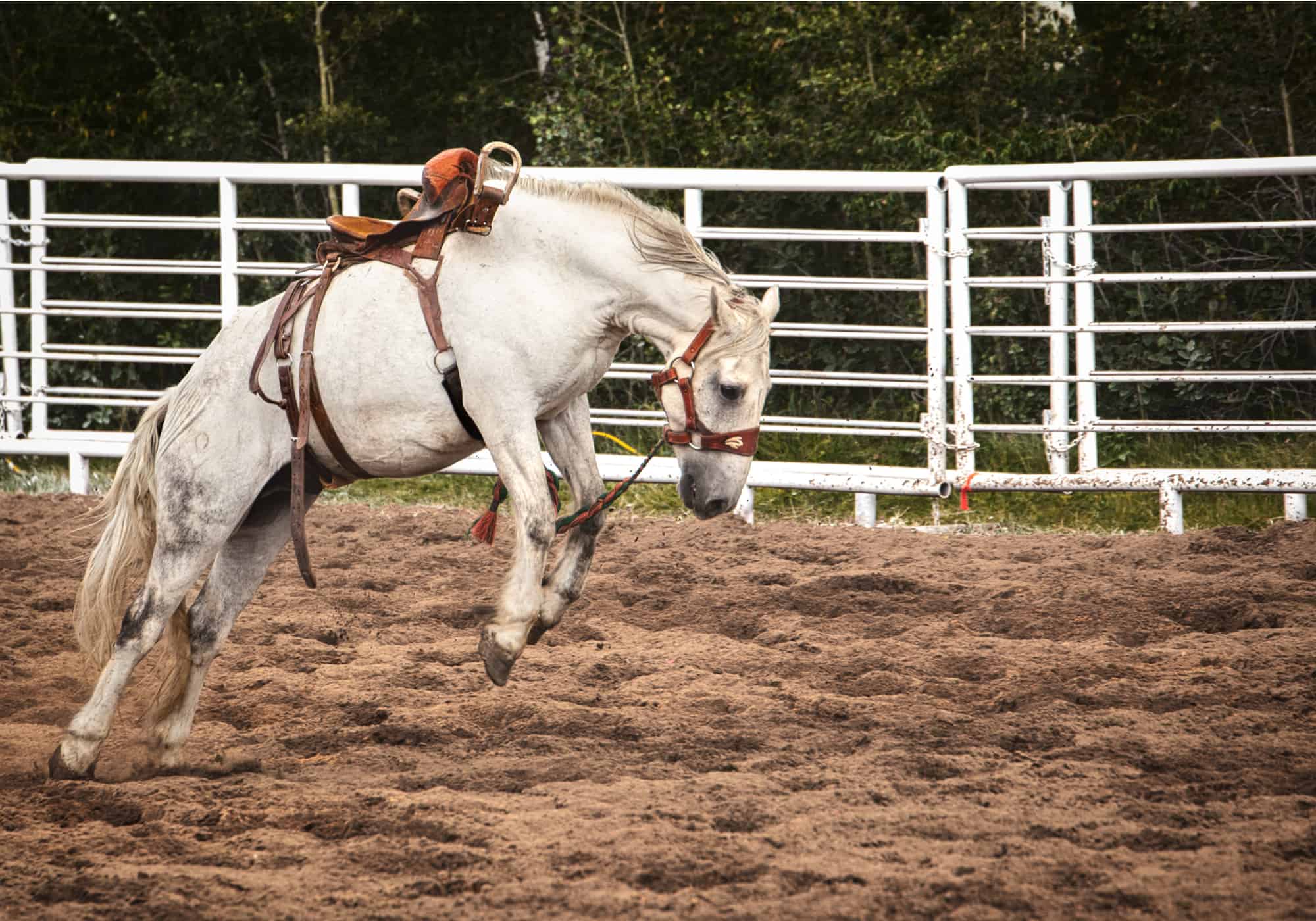
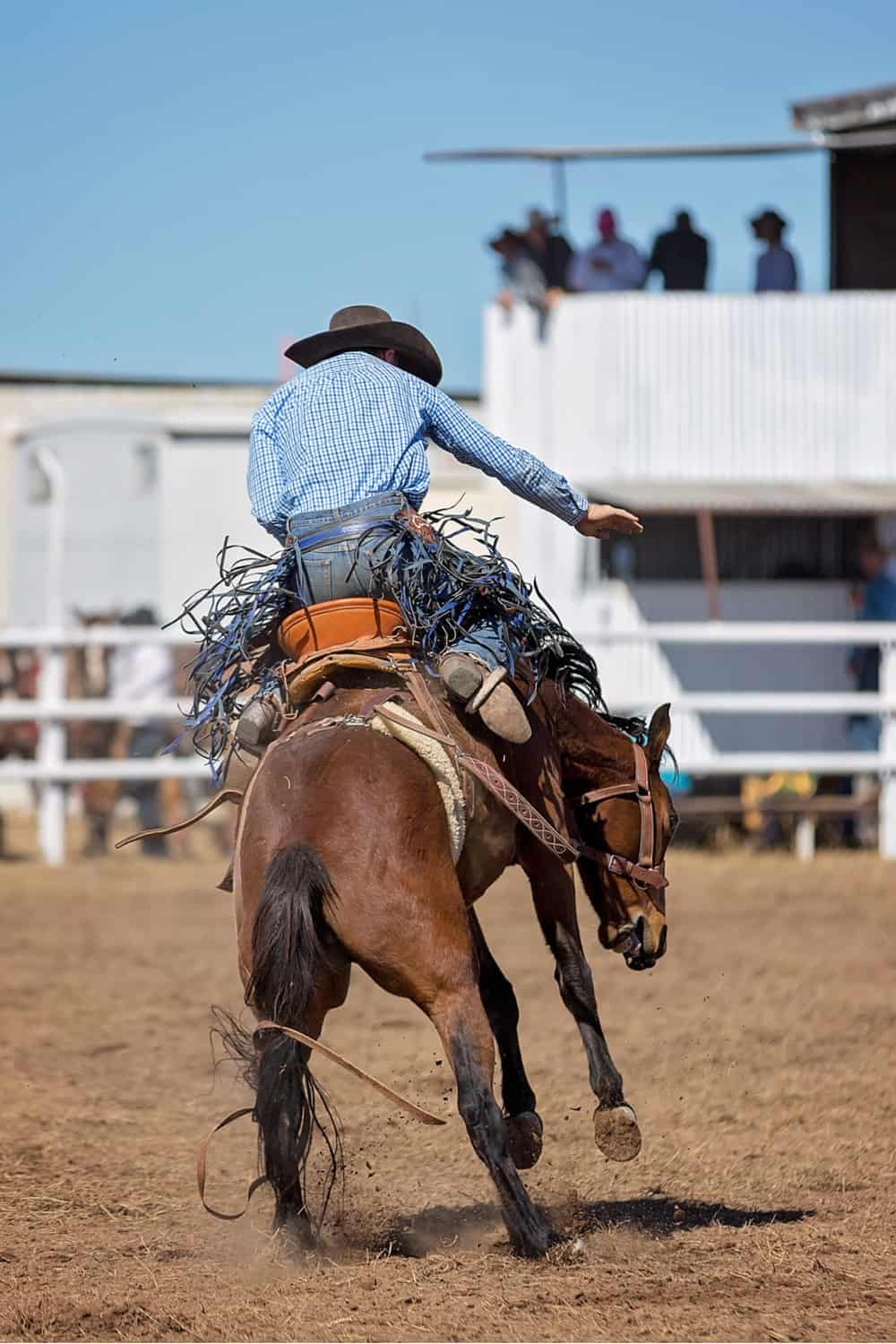
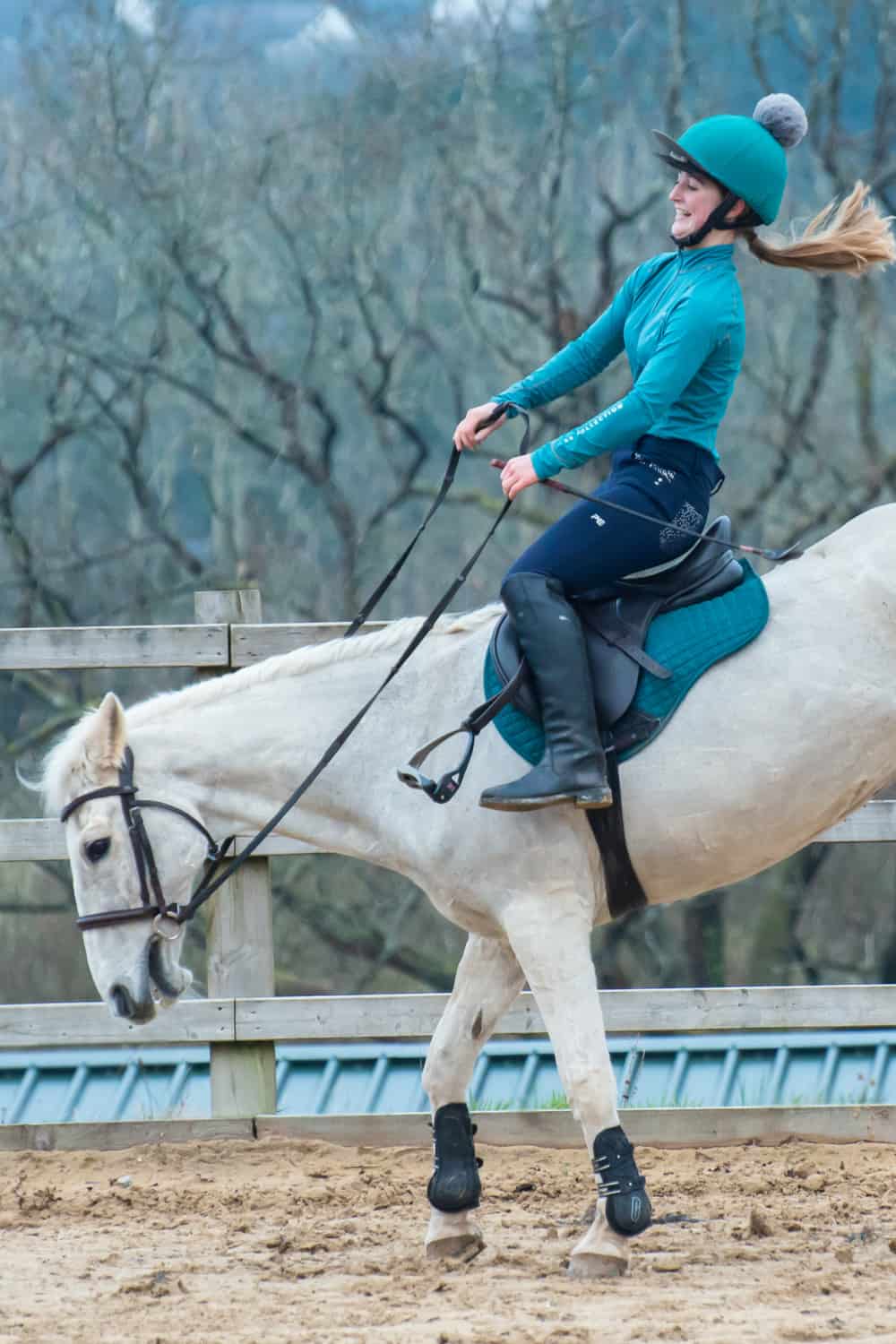
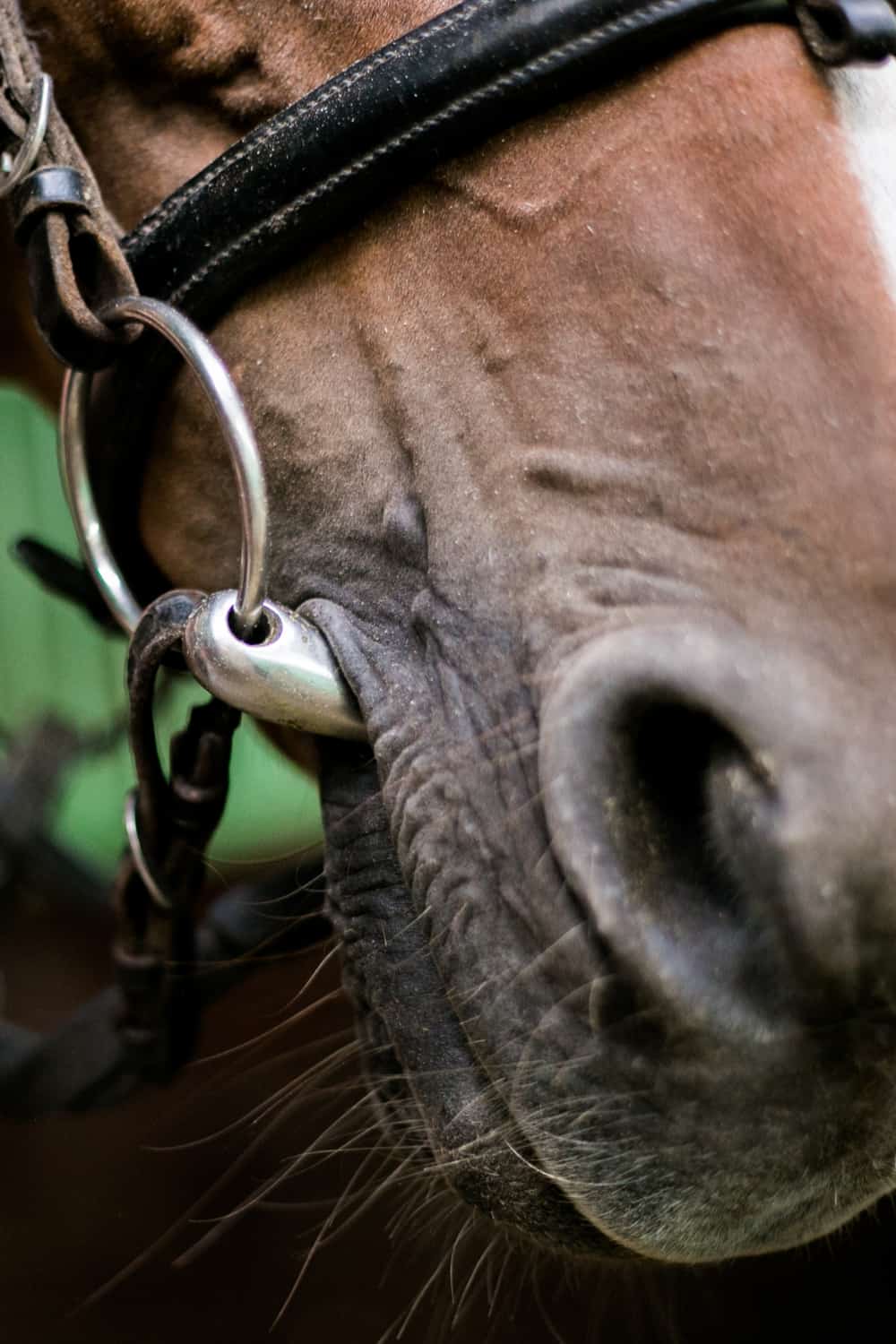
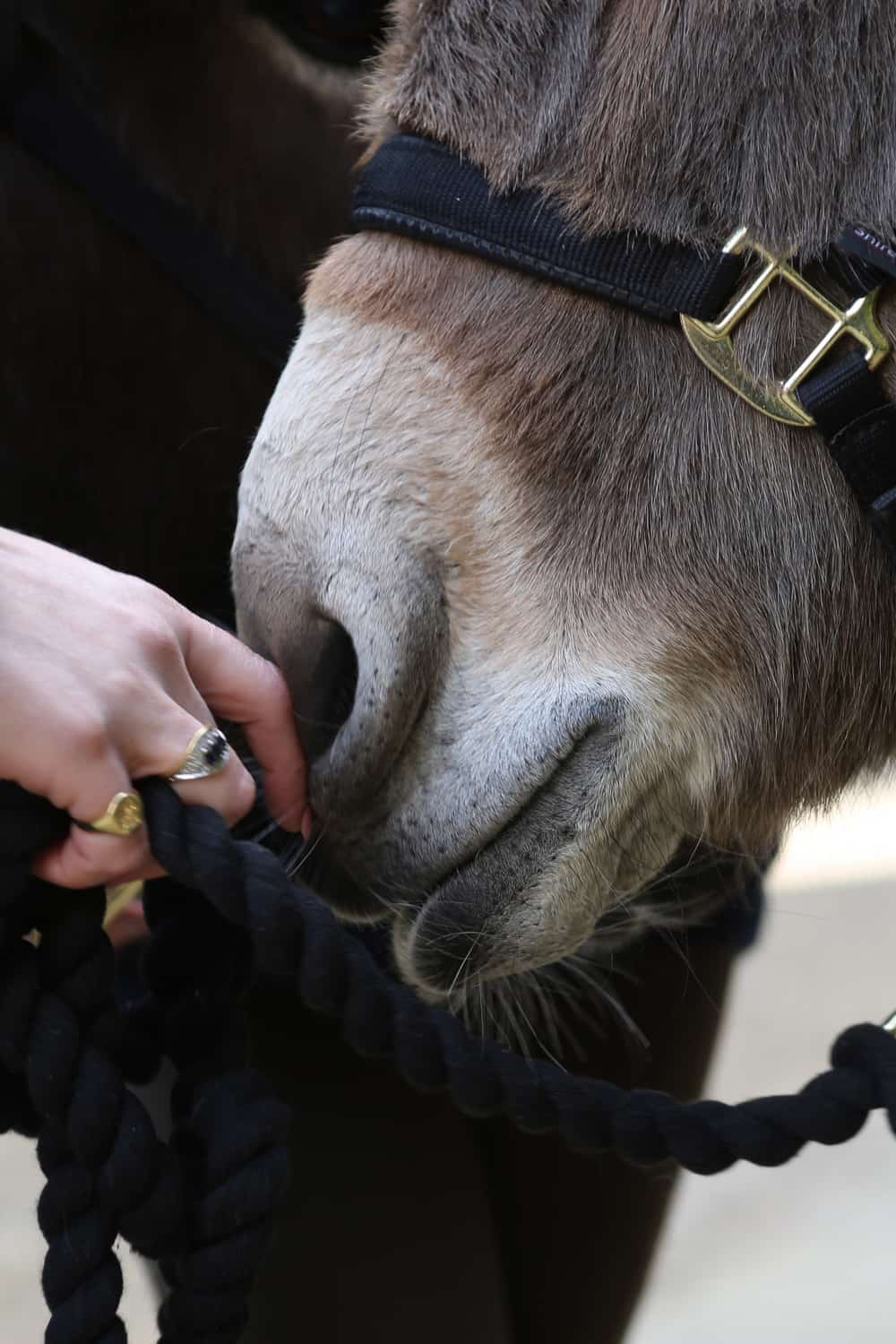
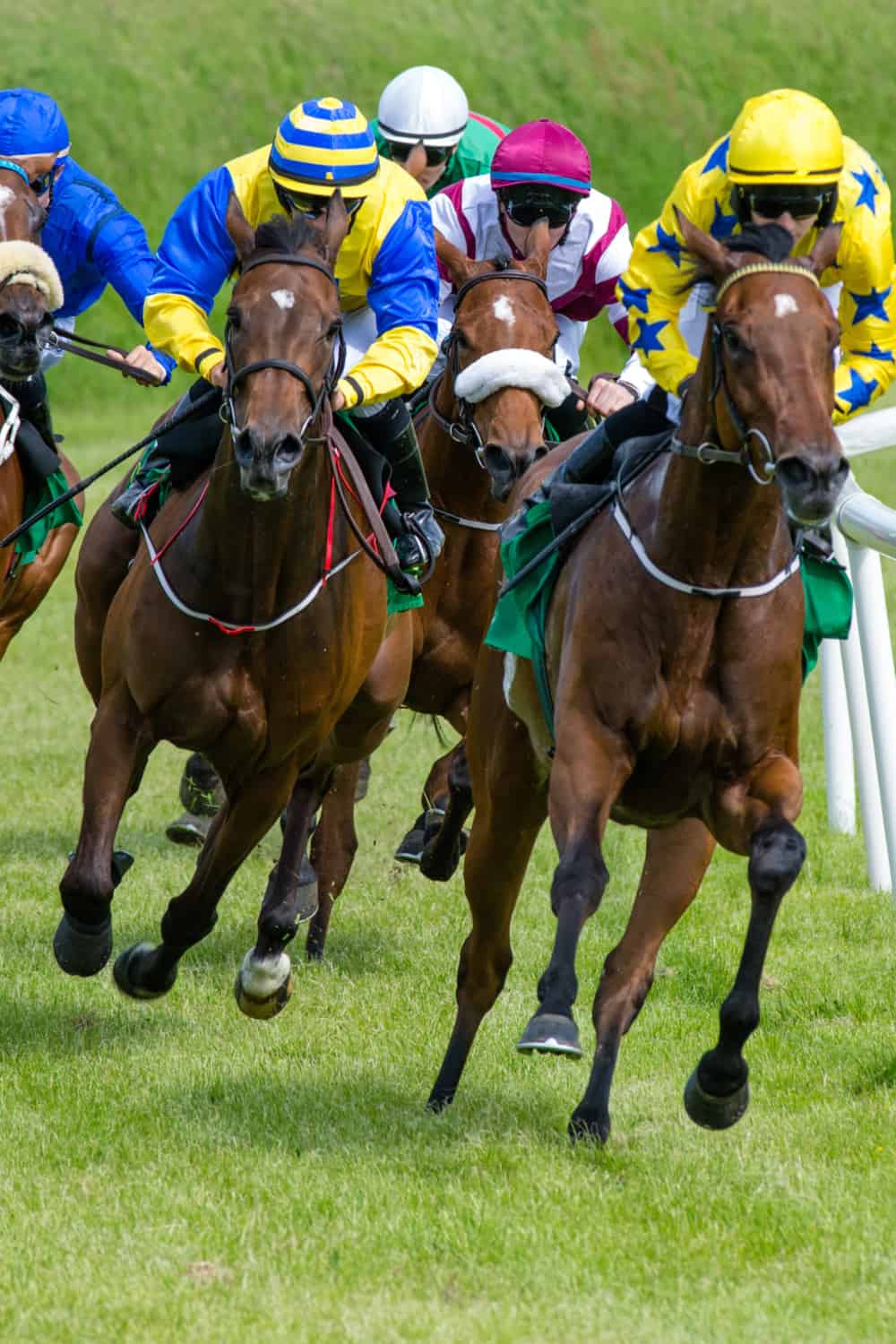
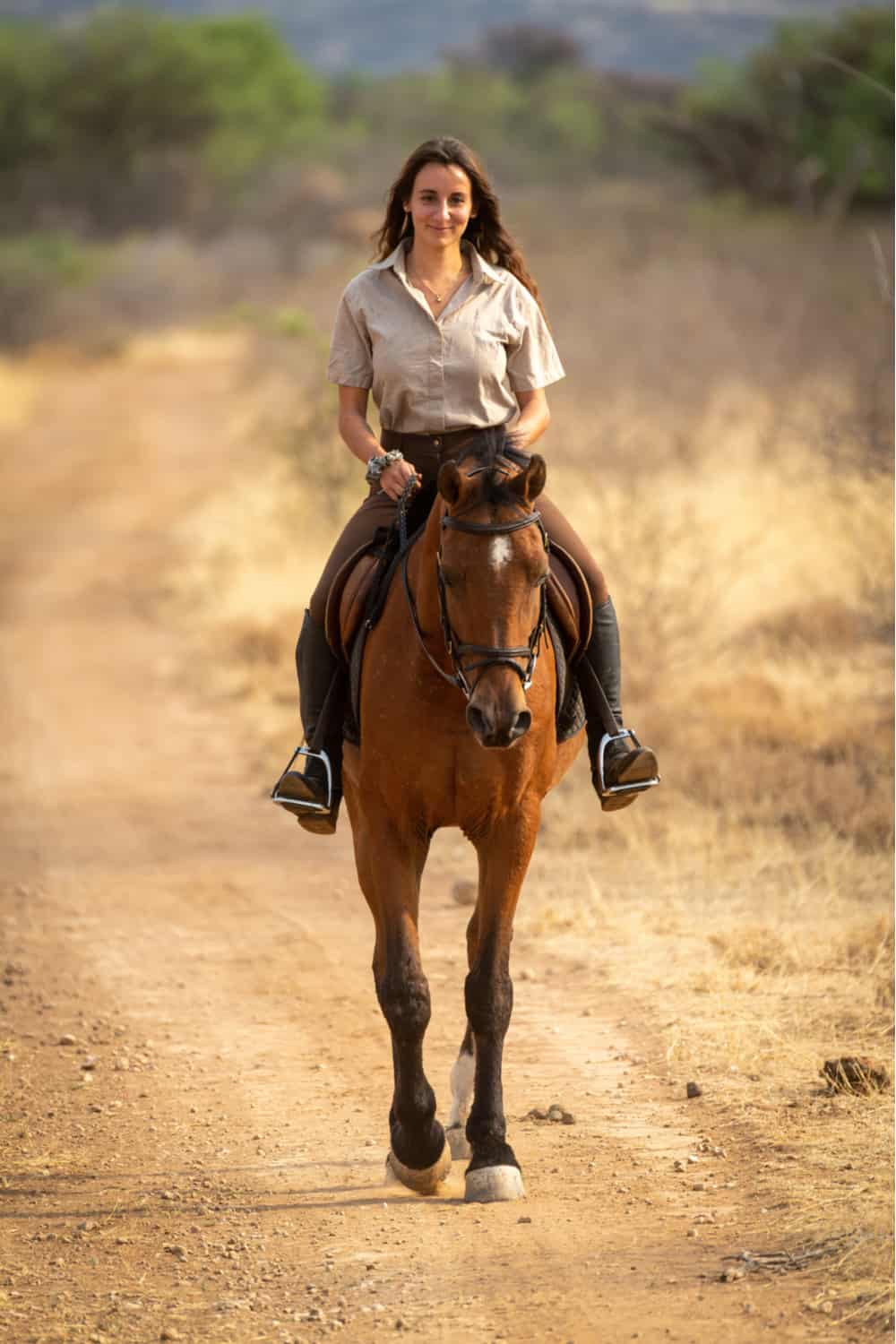
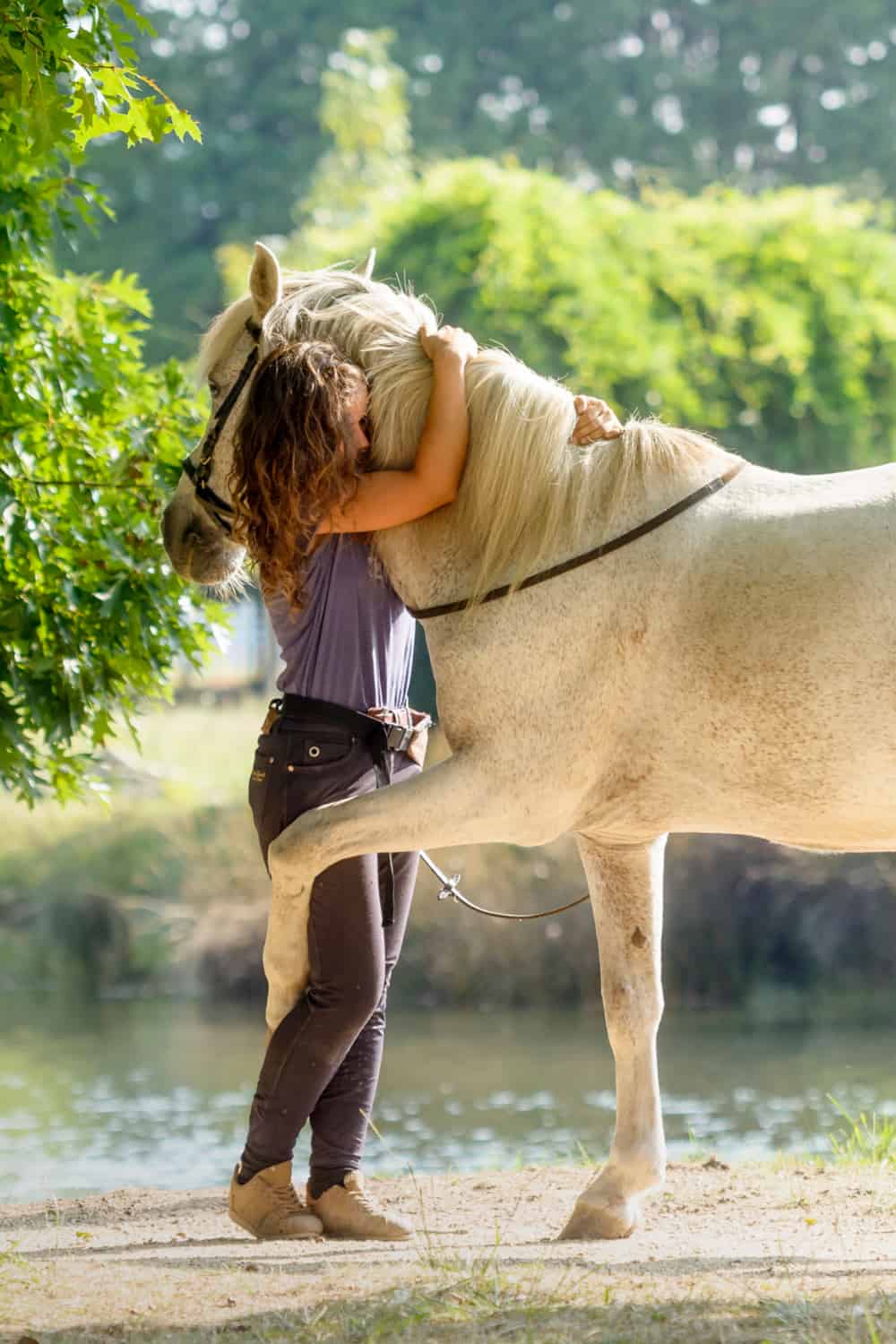








Thank you for this information. I think the problem may be with my horse bucking is not having a steady work routine.